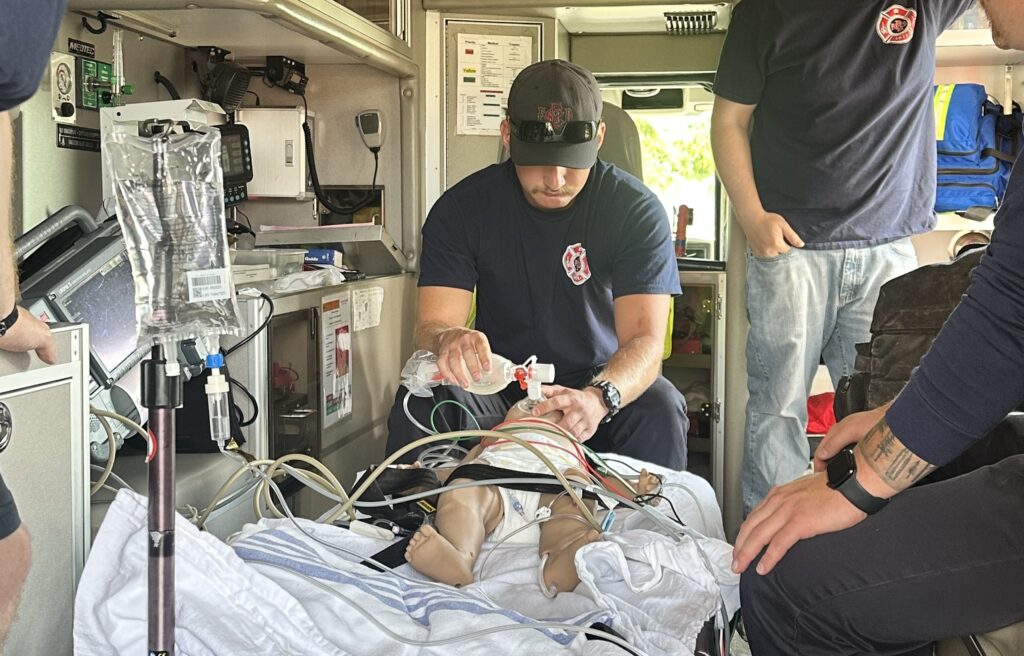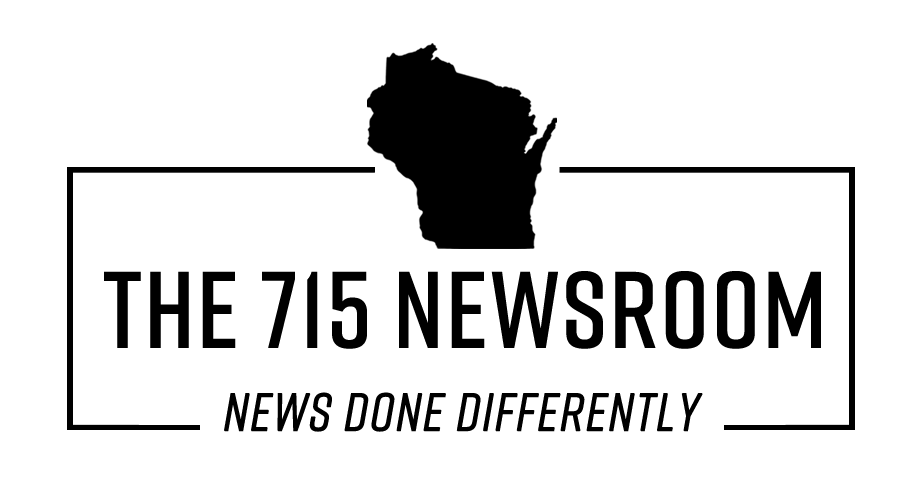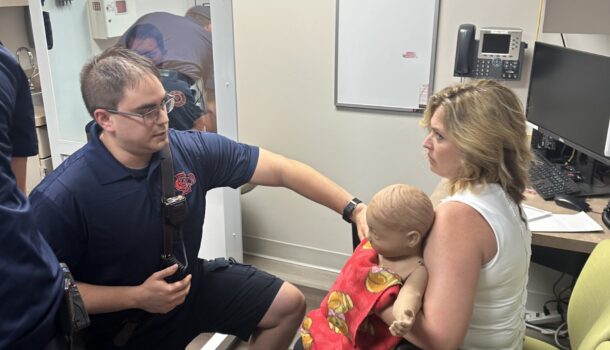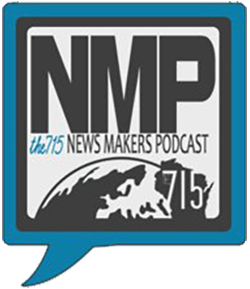The first responders on the scene of any emergency need to think fast, remain calm and use their training under pressure. That’s why it’s helpful for them to refresh those skills with mock scenarios.
Recently, Chippewa Valley Technical College invited Eau Claire Fire & Rescue colleagues to participate in a simulation to keep their skills at peak performance.
Theresa Meinen, CVTC simulation education coordinator and instructor, concocts different scenarios for the Fire & Rescue team each year. This year it involved an 18-month-old toddler (a CVTC health manikin) who found himself in the clinic with a high fever.


“The baby had a seizure, and EMS was called,” Meinen said. “Upon arrival, they were met with a difficult parent, and the baby had a second seizure. They needed to assess and treat the patient while working with a difficult parent.”
Fire & Rescue colleagues don’t know the scenario before they get the mock call, Meinen said. They treat the call as if it’s real. They ask questions and go through the protocol they would on any other call.
Even though this is a drill for the firefighters, it’s stressful, Meinen said.
“The baby is having a seizure and then crying. The mom is upset, yelling and crying because her baby isn’t well and she doesn’t know why,” Meinen said. “These are real things that happen in the field, and the wellbeing of the patient depends on the first responders.”
The simulation took place at the former Prevea Health clinic attached to the CVTC Health Education Center. During the event, the Fire & Rescue team masterfully worked its way through the health crisis and transported the toddler to “a local emergency department.”
Meinen said hosting simulations like this are part of the College’s mission.
“We do healthcare simulations in the community to help organizations that employ our graduates, like Eau Claire Fire & Rescue, stay up to date on their skills, enhance their overall preparedness and improve teamwork and collaboration,” she said. “Using simulation for continuing education ultimately leads to improved patient care and safety.”


